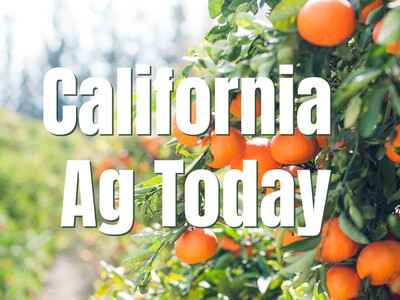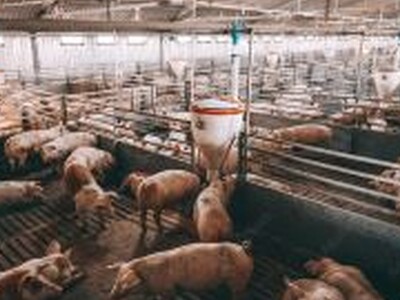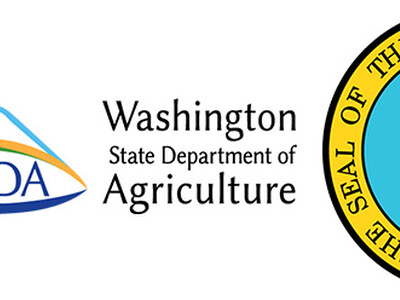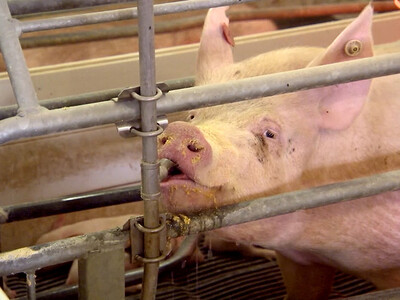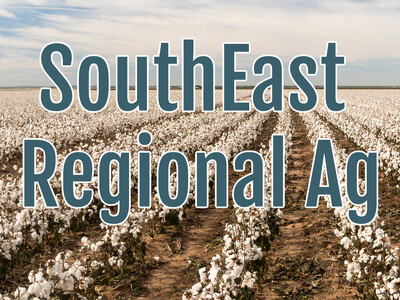Stem rust significant in the Palouse this year
Farm and Ranch August 23, 2010 This was a bad year for stripe rust in wheat fields in the Pacific Northwest and stem rust infections in the Palouse region, particularly in Whitman County, Washington, were more significant than in 2009 as well. Chen: “This year why the commercial fields got quite a bit of stem rust because there was good moisture in late June.” That’s Xianming Chen with the USDA’s Agricultural Research Service at Pullman who checked two winter wheat fields last week between Palouse and Colfax that had stem rust hotspots. The varieties were ORCF 102 and AP700 CL. Estimates are that the fields overall saw a three to five percent reduction in yield because of the stem rust. One of the fields was within a few miles of barberry bushes, which are the source for stem rust spores. Because it develops late, Chen says stem rust does not cause the severe yield losses that stripe rust does. However, since it generally occurs after flowering, fungicides are not effective. So, at least for the Palouse region Chen suggests this for growers; Chen: “If possible they can choose cultivars that also have resistance to stem rust.”
Chen says most of the spring wheats in the Pacific Northwest are resistant to the local races of stem rust. He has a list of winter and spring wheats of all classes from 2009 trials that provides a preliminary indication of resistance or susceptibility.
I’m Bob Hoff and that’s the Northwest Farm and Ranch Report on Northwest Aginfo Net.
(If you need a copy of Chen's list of varieties email bhoff@aginfo.net and we will email it to you.)





